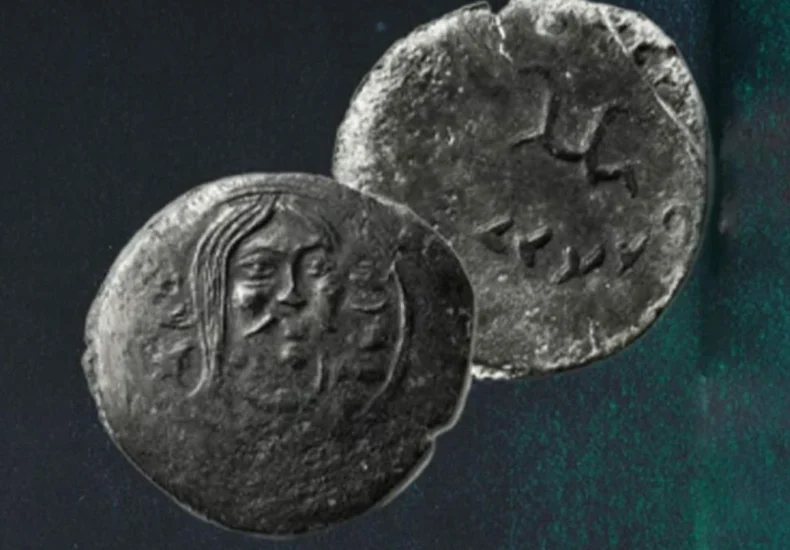
6th-Century “Türk-Kağan” Coin Could Be the Oldest Record of the Word “Türk”
An extraordinary archaeological find may rewrite the early history of the Turkic people. In Uzbekistan, researchers have uncovered a 6th-century bronze coin bearing the inscription “Türk-Kağan” — a discovery that could represent the earliest known written record of the word “Türk” in history.
The coin is believed to date back to the Western Göktürk Khaganate and may have belonged to a descendant of İstemi Khagan, a founding figure of the Turkic empire. The find was made by Prof. Dr. Gaybulla Babayarov, a researcher with the National Archaeological Center at the Uzbek Academy of Sciences.
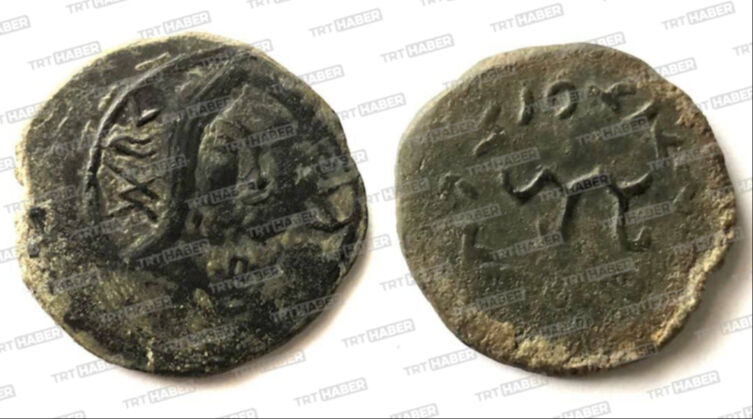
“Türk-Kağan”: A Name That Rewrites History
Among numerous ancient coins found near Tashkent, this one stands out for a simple but powerful reason — the presence of the title “Türk-Kağan” written in Sogdian script. According to Prof. Babayarov, this pushes the known usage of the word “Türk” back by 150 years, predating the famous Orkhon inscriptions of the 8th century by more than a century.
Previously, the earliest appearance of the term was associated with monuments like those of Kül Tigin and Bilge Khagan. Now, this coin offers a tangible link to an earlier period — dating to circa 580–610 CE.
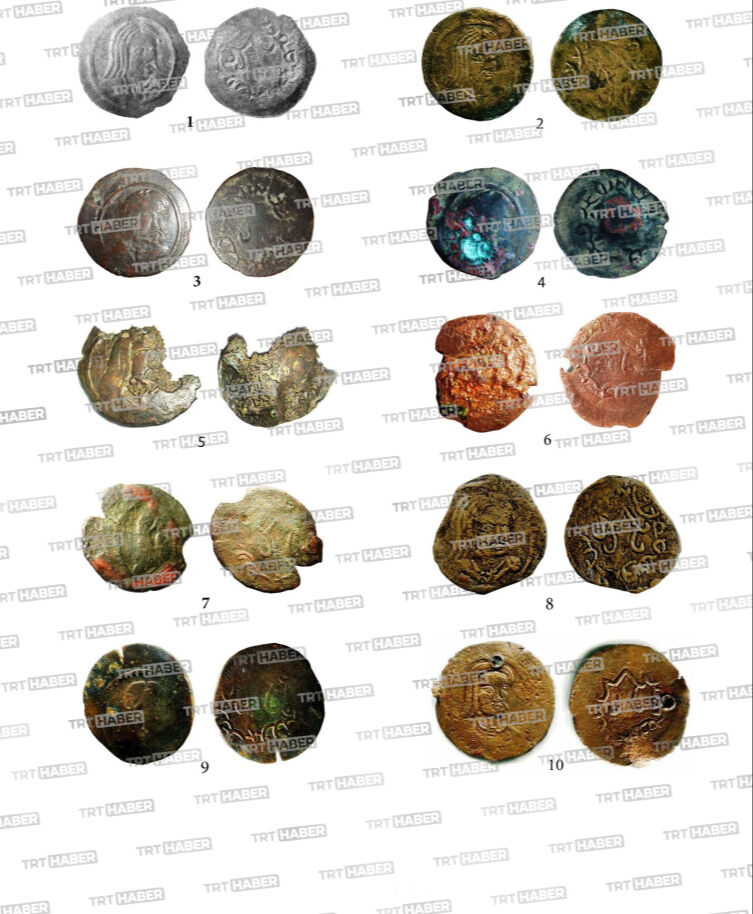
Göktürks: Not Nomads, but a Sophisticated Civilization
This find also challenges a long-held academic assumption: that the Göktürks were strictly nomadic and had no use for coinage. On the contrary, the existence of a standardized, inscribed bronze coin shows that at least a part of the Turkic elite operated within a monetary economy and were engaged in urbanized, administrative systems.
Prof. Babayarov notes that more than 20 types of coins from the Western Göktürks have been cataloged, many carrying official titles such as “Yabgu”, “Yabgu-Khagan”, and “Khagan” — a testament to a complex political structure.
More Than a Title: A Marker of Ethnic and Political Identity
Interestingly, the inscription “Türk-Kağan” on this coin does not appear to refer to a specific ruler’s name, but rather serves as a symbol of ethnic and state identity. This linguistic and cultural nuance is echoed in later Turkic coins from successor states like the Turgesh Khaganate, where similar phrasing is used consistently.
This indicates that the term “Türk” had already become a collective designation, representing both the ruling dynasty and the state apparatus they led.
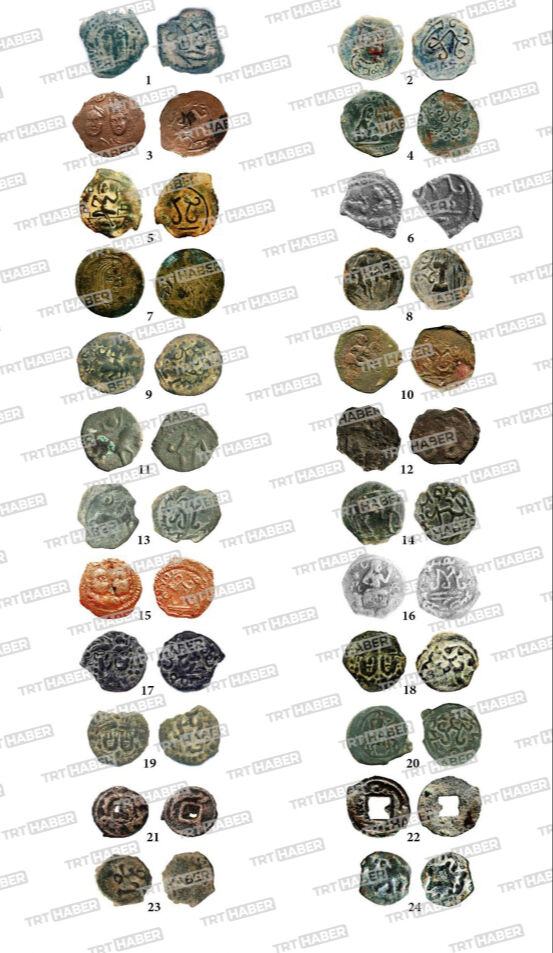
A New Chapter in the Early History of the Turks
In essence, the “Türk-Kağan” coin is more than a monetary artifact — it’s a milestone in understanding how early Turkic identity was shaped, expressed, and legitimized.
It also highlights the growing body of evidence that the early Turks were not merely nomadic horsemen, but builders of cities, founders of states, and participants in economic systems with far-reaching influence across Central Asia.
You may also like
- A 1700-year-old statue of Pan unearthed during the excavations at Polyeuktos in İstanbul
- The granary was found in the ancient city of Sebaste, founded by the first Roman emperor Augustus
- Donalar Kale Kapı Rock Tomb or Donalar Rock Tomb
- Theater emerges as works continue in ancient city of Perinthos
- Urartian King Argishti’s bronze shield revealed the name of an unknown country
- The religious center of Lycia, the ancient city of Letoon
- Who were the Luwians?
- A new study brings a fresh perspective on the Anatolian origin of the Indo-European languages
- Perhaps the oldest thermal treatment center in the world, which has been in continuous use for 2000 years -Basilica Therma Roman Bath or King’s Daughter-
- The largest synagogue of the ancient world, located in the ancient city of Sardis, is being restored

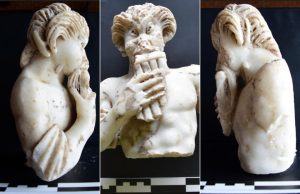
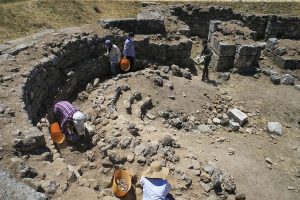
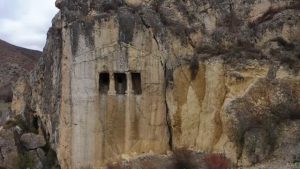
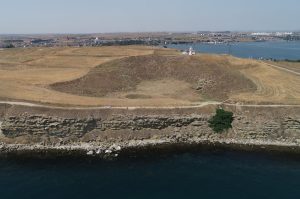
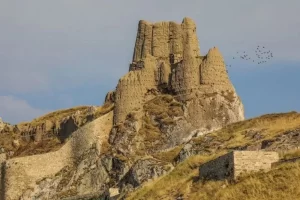
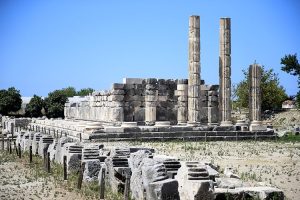
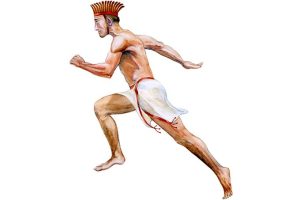

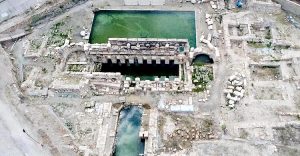
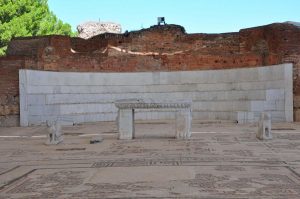
Leave a Reply